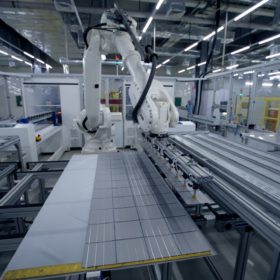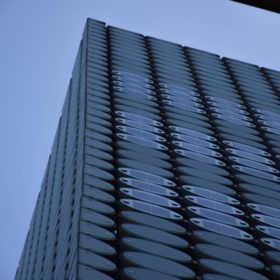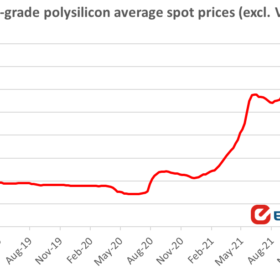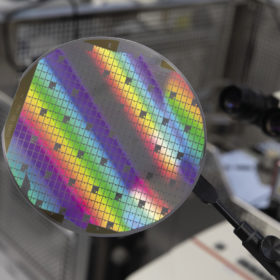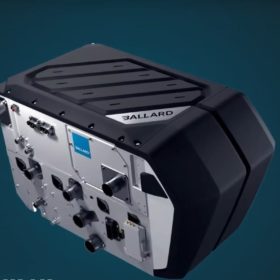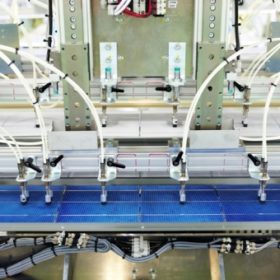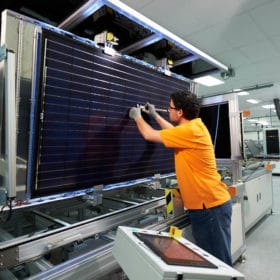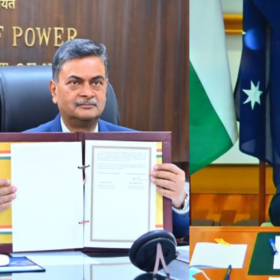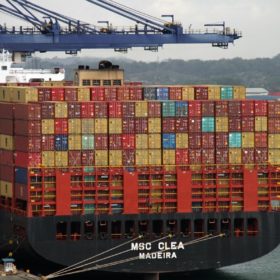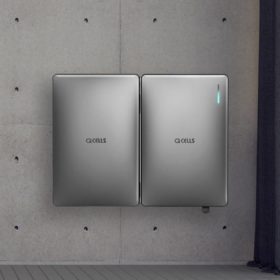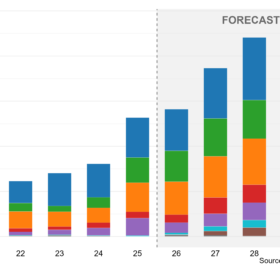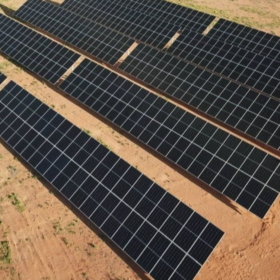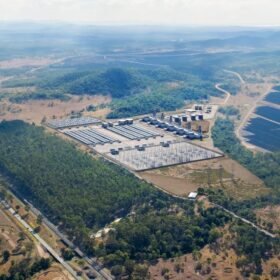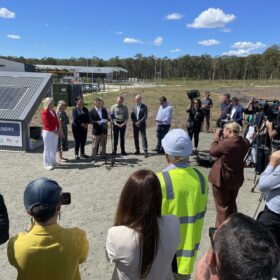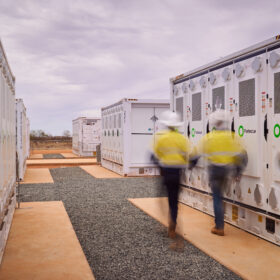Building a sustainable, vertically integrated solar manufacturing ecosystem in India
A new report by JMK Research and IEEFA says Indian solar manufacturers need to create a strong foundation for sustainable development overall by integrating raw materials and impetus to R&D in their plans, rather than focusing solely on output.
Aussie researchers find best BIPV envelope design alternatives
Scientists in Australia have developed an optimisation framework for building-integrated photovoltaics that allows the selection of design variables according to user preferences. Their model considers PV-related features such as tilt angle, window-to-wall ratio (WWR), PV placement, and PV product type, as well as objective functions and constraints such as the net present value and the payback period.
Polysilicon price fluctuations expected to continue until late 2023
Two industry experts have provided analyses of the current polysilicon price scenario in a chat with pv magazine and both agreed that polysilicon demand is still growing faster than supply. The price may decrease starting from the second quarter and reach more reasonable levels by the end of the year.
Weekend read: Silicon carbide’s second coming
Silicon carbide (SiC) has promised inverter makers higher power density, higher efficiency, and a total bill of materials that comes in closer to its more established rival in silicon. Has SiC finally arrived? Tristan Rayner spoke to the people at the forefront of the wider-bandgap material to find out the back story and what’s next.
Adani signs MoU for hydrogen fuel cell manufacturing in India
Adani Group and the Canada-based PEM fuel cell producer will examine various options to cooperate, including potential collaboration for hydrogen fuel cell manufacturing in India.
LG shuts down solar module manufacturing operations
South Korean solar module maker LG Electronics has announced it will shut down its solar panel manufacturing business by the end of June, citing uncertainties in the global solar industry for its decision.
Australia’s only panel manufacturer enters utility market with ‘world beating’ module
Tindo Solar, Australia’s only solar panel manufacturer, has launched its first module designed specifically for utility-scale projects, the 545W Karra module. Australia-made, the module boasts a 23.1% cell efficiency with a low cell-to-module loss rate of 0.07%.
India and Australia sign letter of intent on solar, ‘clean’ hydrogen
India and Australia have signed a letter of intent to cooperate on scaling up the manufacture and deployment of ultra-low-cost solar and “clean” hydrogen.
100MW of modules detained in the US under Hoshine WRO released
Shipping containers storing roughly 100MW of LONGi solar modules have been released, reports ROTH Capital Partners in an industry note, while Trina has had the vast majority of its detained product released, if not all of it entirely.
Q Cells offers 15 year warranty on ‘sleek’ new home battery, an Australian first
The latest home battery system from Q Cells, owned by South Korea’s Hanwha Solutions, will the “first to market” to provide a standard 15 year product warranty. The Q.HOME CORE will be available in Australia from March.
